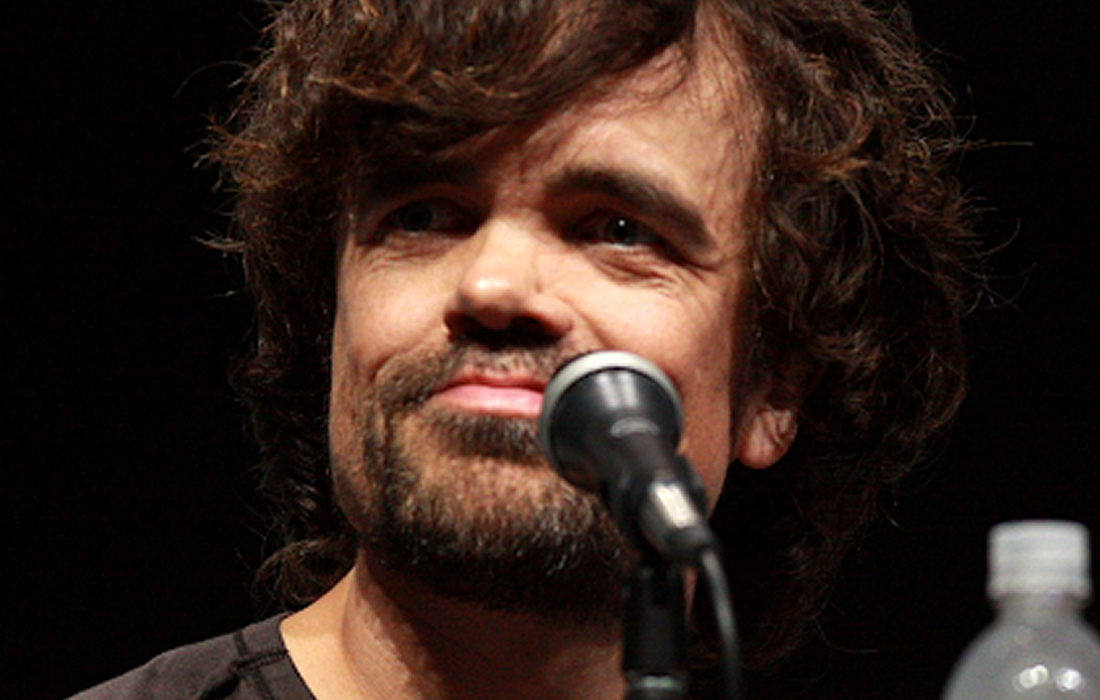Stem Cell Therapy for Specific Conditions
New genetic study could one day help patients with achondroplasia
Achondroplasia (ACH) is the most common genetic form of short-limb dwarfism. Is an autosomal dominant monogenic disorder (MGD) caused by a gain-of-function point mutation in the transmembrane region of fibroblast growth factor receptor 3 (FGFR3). Currently there are two mutation sites reported, Gly380Arg and Gly375Cys, and the former occupies a vast majority of ACH patients. Almost all patients are heterozygous, because the homozygous ACH patients show much more severe symptoms and rarely survive.
The estimated frequency of ACH is 1 in 25,000 (Male 1/15,000) with at least 80% of the cases being sporadic. The clinical symptoms are evident at birth. The typical physical traits are mainly proximal shortening of the extremities, genu varum, trident hand, limitation of elbow extension, exaggerated lumbar lordosis, megalencephaly, and characteristic facies with frontal bossing.
Some complications that patients with ACH can present are sleep apnea and recurrent ear infections. There are no effective treatments for ACH even though the mutant gene has been identified for many years. Current therapeutic methods for ACH mainly include limb lengthening for short stature and the treatment of some clinical complications, such as ventricular shunts for hydrocephalus, and decompression surgery for spinal cord compression.
Fortunately, stem cell research provides potential treatments for ACH. Patient-derived stem cells can aid scientists in the investigation of specific molecular mechanisms and in the discovery of new drugs.. In addition, via powerful genome editing tools, such as clustered regulatory interspaced short palindromic repeat (CRISPR)-Cas9 system, mutation of ACH stem cells can be corrected in vitro. Through safety assessment in animal models in vivo, stem cell transplantation may provide a novel therapy.
Zou, et al. isolated and cultured skin, urine and white adipose-derived somatic cells from three ACH patients with Gly380Arg mutation, including a girl, a boy and an adult male. They then generated non-integrated induced Pluripotent Stem Cells (iPSCs) from the ACH girl’s skin and the ACH boy’s urine and found that the chondrogenic differentiation ability of ACH iPSCs was confined compared with that of healthy iPSCs. When the mutation of ACH iPSCs was corrected by CRISPR-Cas9, their chondrogenic differentiation ability was restored. Also, these corrected iPSCs kept pluripotency and maintained normal chromosome number and structure.
The study provided an important function for further exploration of ACH research and treatment. The researchers will continue their research by constructing point mutation mouse models of ACH to transplant corrected ACH patient-derived Mesenchymal stem cells or chondrocyte precursor cells into mouse models to verify their function in vivo and explore the effect of cell therapy to ACH, which could be used as a therapy for this condition in a near future and has shown the potential of cell therapy for conditions for which no current treatment offer substantial benefits.
Source:
Zou, H., Guan, M., Li, Y. et al. Targeted gene correction and functional recovery in achondroplasia patient-derived iPSCs. Stem Cell Res Ther 12, 485 (2021). https://doi.org/10.1186/s13287-021-02555-8

